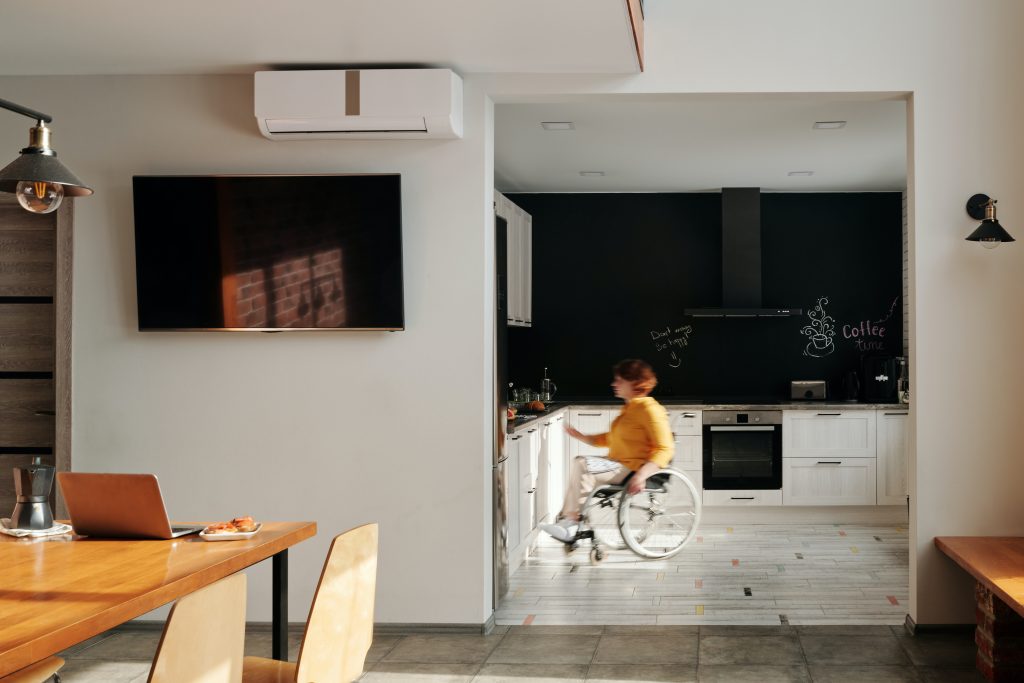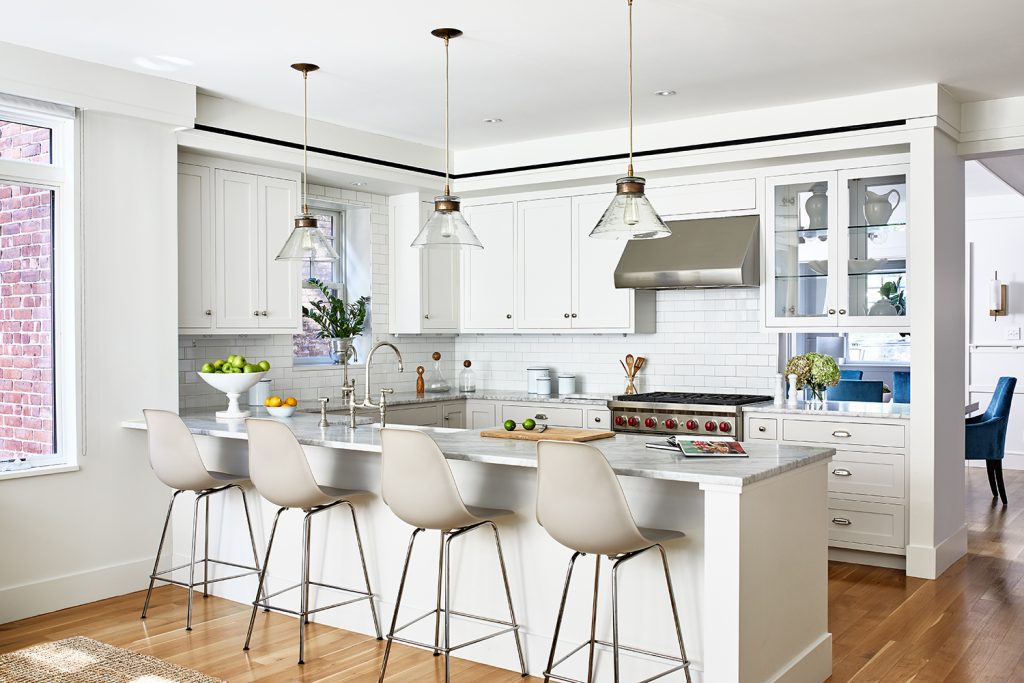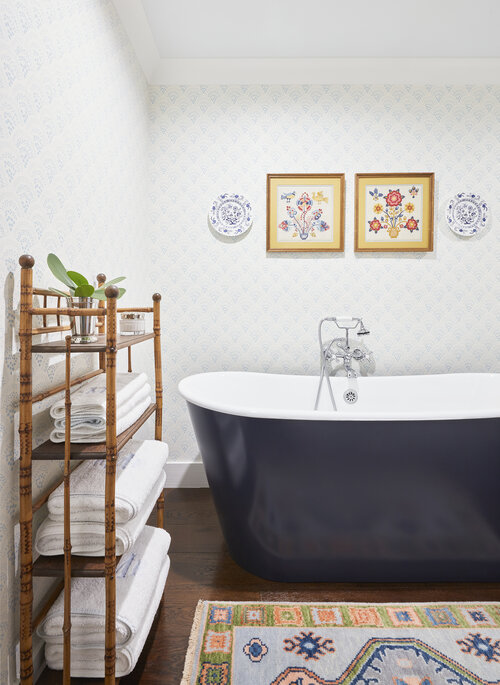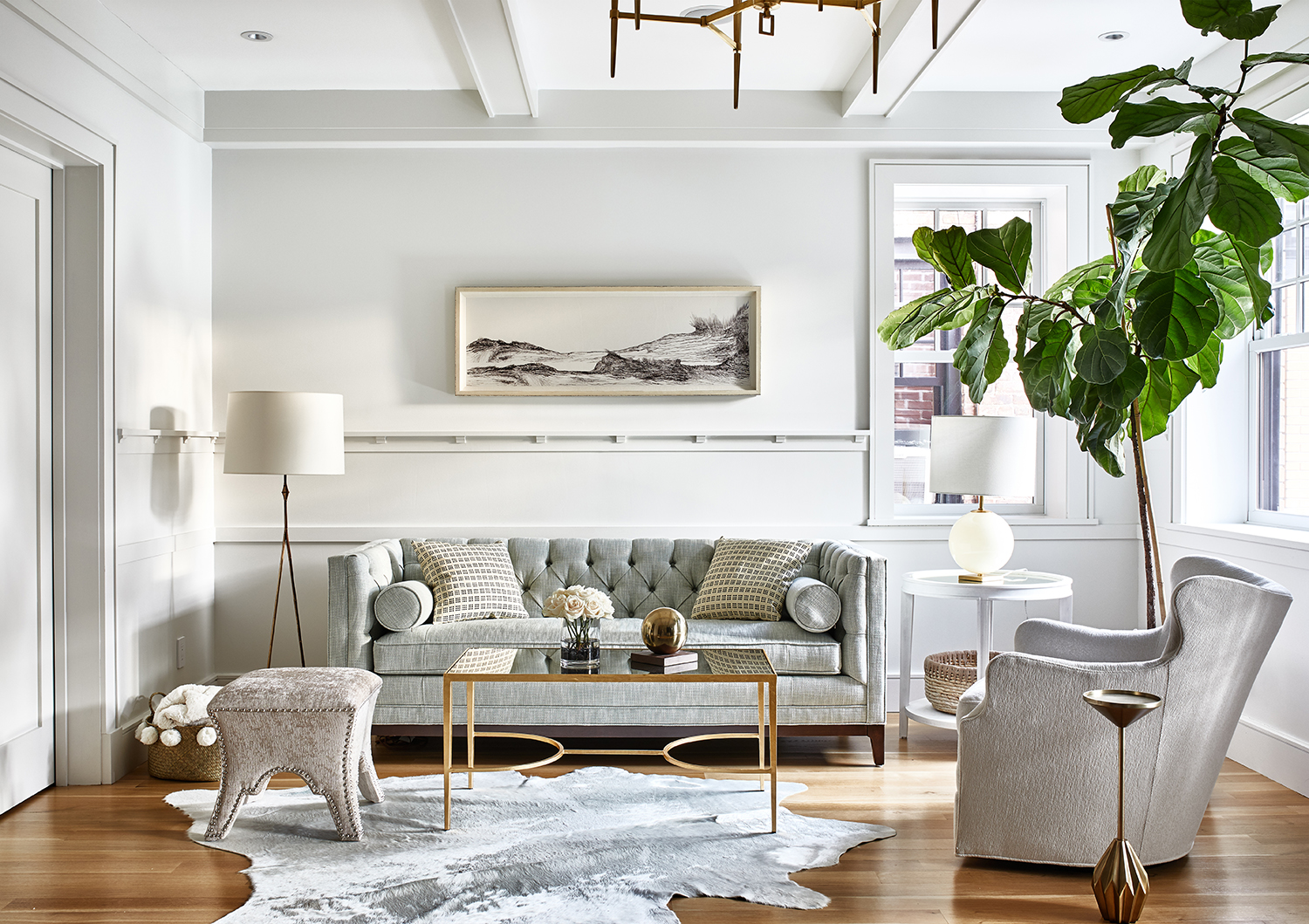As anyone living with a disability can tell you, most homes are not designed for the disabled. And those that are user-friendly often feel clinical and lack a feeling of warmth and comfort to them. Unfortunately, many disabled individuals often feel like their options are limited. Either they live in a home that is not tailored to meet their needs, which usually limits their mobility. Or, they find a home that allows easier access and mobilty, but lacks beautiful design and style.

Needless to say, we need more interior design options and mobility features on the market for those with special needs. In fact, an estimated 48.9 million people currently have a disability, and over half of this number report a severe disability. These figures demonstrate that a large – and quickly growing – portion of our population needs housing with interior features that cater to their needs.
According to Kathleen Smith, CEO of Life Essentials, a leading provider of mobility products and handicap devices, “Making a home usable to the greatest extent to every individual regardless of their physical condition and ability has led to the development of a number of innovative in-home mobility products.” She went on to share these examples below:
- Compact Electric Wheelchairs: These personal mobility devices are small enough to maneuver even in homes that have limited mobility adaptations. But they are durable enough to take outside to get the mail or perform other light tasks. Alternative options are also available for travel purposes.
- Off-Road Wheelchairs: These chairs are specifically designed for rugged terrain, which means that nobody will miss out on spending quality time outdoors taking in nature, and staying active.
- Lifts: There are a number of lifts that can be added to the home to make everyday tasks easier. A stair lift can help those with mobility impairments reach the upper stories of the home. A bathtub lift can make it easier to take a relaxing and refreshing bath. And personal lifts for multiple purposes can make everyday tasks easier and safer for many caregivers.

In addition, some designers are using the ‘Universal Design’ concept. This idea includes barrier-free infrastructure. It also results in homes that are useful for persons without a disability and individuals with a disability. It incorporates a philosophy that the design of a home should work for the person rather than making the person work to fit the design. And these homes can meet the needs of people experiencing a wide range of disabilities. It incorporates many things that seem like minor design choices but can lead to tremendous barriers for disabled individuals.
The idea of Universal Design includes many small considerations ranging from suggestions such as thinking about the height of all surfaces, adding extra space throughout the home (especially along walkways and in the bathrooms), and carefully selecting surface materials. But more importantly, there are some underlying design tips to this approach that ensure the outcome results in a home that is both comfortable and functional for individuals with disabilities.
These tips include:
- Account for current needs as well as changing needs throughout one’s life. For example, if one has impaired mobility and uses a walker, you may want features such as wider doors and hallways. But if the impairment is expected to progress to the point that it requires a wheelchair, you may want options that would allow you to easily make additional accommodations for a wheelchair. For example, you could choose a design that would allow for the easy addition of a ramp if you anticipate the need for this anytime in the future. This mindset means that you can design or renovate a home that accommodates people with a range of disabilities or could accommodate them with only minor changes.
- Don’t forget about the small touches. Renovating a home to make it disability-friendly often results in a clinical feel to it. But disabled individuals want a comfortable home that they enjoy just like anyone else does. So it’s important to incorporate opportunities to let one’s personality shine through, such as places for artwork or accents that are customizable to any preferences the owner or resident may have. Just because someone is disabled shouldn’t mean that they have limited options! And the ability to personalize this space often means those living there will feel far more comfortable in their home, which often translates into an increased quality of life.
- Embrace technological advances. Advances in mobility technology can make life easier in many ways. Compact wheelchairs can make the entire home more accessible to those with mobility impairments. Additionally, lifts placed in certain places around the house can make it much easier to complete many everyday tasks. And part of the appeal of the Universal Design concept is that it allows a home to work for nearly anyone. Well, that can’t be accomplished entirely, but it can be made a lot easier with technological upgrades, such as adjustable height surfaces, tables, and counters, and wardrobes that lower and raise clothing. Even many smart home devices can make operating lights, temperature regulation, and accessing media far easier for nearly anyone. When possible, these technologies can make everyone’s life easier.

Designing homes that work for individuals with disabilities will be a tremendous challenge for architects, interior designers, and contractors that focus on home renovations as the demand for disability-friendly homes is set to increase tremendously. Keeping these tips in mind is often the first step to making a home much more accessible, whether it’s a newly-built home or a renovation. And it results in a home that feels much more like a home for all residents.
Thanks to lifeessentialslifts.com for consulting.

Leave a Reply